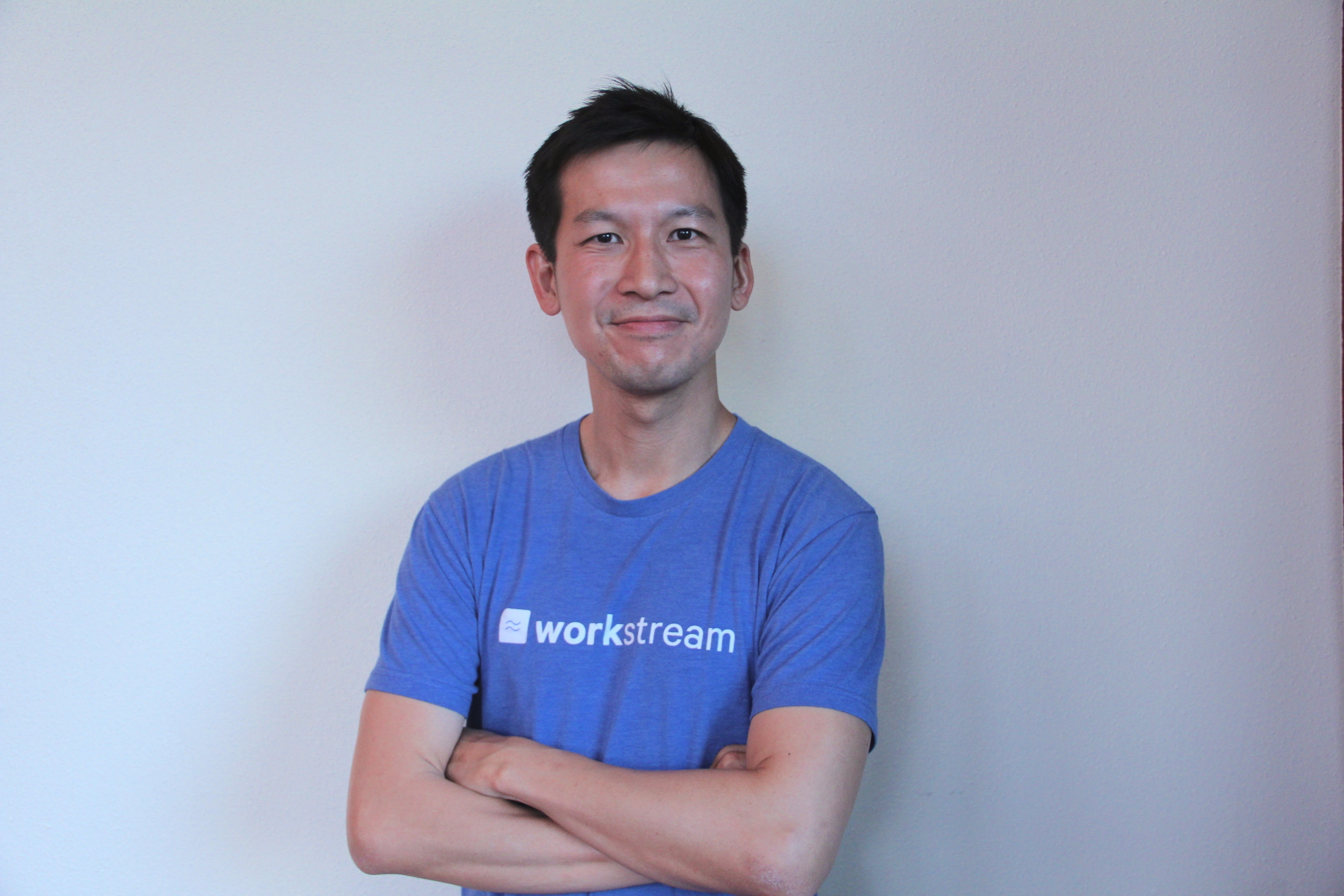The current #StayHome mandate is changing the way companies do their hiring, mainly by compelling administrative staff to leverage technology and automate the recruitment process. One crucial component of this is the job interview; what was once a more personal, face-to-face element of hiring has gone digital as well.
While a video interview has its share of benefits (no need to pay for travel expenses, reduced no-shows, easier scheduling, etc), many people are finding it challenging to adapt to it. As an HR professional, what can you do to embrace this change? Check out our pointers on conducting the best video interviews ever.
Set the stage
It’s doubly important to give the best first impression to your prospective employees, as they’ll only be seeing you - and by extension, the company - through the lens of a simple video call. Regardless of whether you’ll be conducting your interview at the office or at home (the most likely option), choose a tidy space that has good lighting and minimal background noise. Place your mobile phone on silent mode or out of your reach to help minimize distractions.
In addition, you should prepare in the usual ways: ready your questions, tailor-fit to the applicant’s work experience and what role they’re applying for. Dress the part and make the effort to look as professional as you would in an office setting. Check that you have all the right files or presentation materials, if needed.
Test your tech
Think Murphy’s law - what could go wrong? Your laptop could freeze, or your mic or camera might be defective. Test your equipment well ahead of time to make sure everything you need is working fine. Video conferencing tools also have different requirements. Popular app Zoom, for example, has a list of recommended specifications for a seamless call experience, such as bandwidth of at least 1.8 Mbps for receiving and sending HD video. You can check your internet speed via this handy link, or ask your IT staff for more details on your hardware.
Workstream tip: If something still goes wrong during your video interview, don’t panic! Here are a few things to try or keep in mind:
- If your internet connection seems laggy, move closer to your router or try turning off your video.
- Leave and then rejoin the meeting (make sure to give your applicant a heads up).
- Try an alternative app; your computer may be having problems with a specific software.
- Call your applicant via mobile phone to give an update if you need to restart your computer or troubleshoot for a few minutes.
- If you are still experiencing issues after 5-10 minutes, it may be best to reschedule.
Keep your applicants informed
Make sure to share information with your applicants. Aside from the scheduled time, it may be good to let them know the estimated duration as well. Keep in mind that your applicant is most likely at home and there will be other things they may need to attend to.
Let your prospective employee know what app you’ll be using for the call, so they can download it ahead of time, register an account, and test it. Also inform them if you have a contingency plan in case tech issues arise - give them your mobile number, or have a backup video conferencing app ready.
Workstream tip: You can also send applicants a primer to help them out, with links to check internet speed, system requirements, or to articles with tips on acing video interviews. You can include links to your company’s website and social media accounts as well, so that they can get a feel for what the company culture and values are like beforehand. For utmost convenience, set up automated messaging to keep applicants apprised regarding schedules and other information.

Be considerate
Don’t forget to take your applicant’s situation into consideration. There are different factors that can affect the interview from their end, so be more considerate.
- Offer the chance to do a quick test call prior to the actual interview. This would serve different purposes: get them familiarized with the video call app, test their connection/equipment, and let them work out some of their nerves.
- Give candidates a bit more time to answer questions, as there could be a bit of delay if their internet connection is slower than yours.
- Be forgiving of interruptions. A child could come knocking, their pets might make an appearance, a delivery may need to be received. Keep in mind that there are so many possible distractions given that the interview is likely to take place in a home setting.
- Schedule a quick break in the middle of the interview in case applicants need to get water or take a breather.
Keep it human
Just because you’re going digital doesn’t mean you can’t give your video interview a human touch. Make sure to maintain eye contact throughout the interview, smile, and engage in small talk, same as you would in a typical interview. Share a funny anecdote on what the work-from-home experience has been like for you, or ways the company has been taking care of its employees throughout the current crisis. Be mindful of your body language - minimize any fidgeting, nod along if you agree with what candidates are saying, don’t speak with your eyes looking off-screen. Towards the end, give applicants time to ask any questions about the role, expectations, and more.
Keep these pointers in mind and you should master the art of conducting video interviews in no time. If you’d like some help in going digital and automating your hiring process, schedule a chat with us today. We’re here to support you!










































